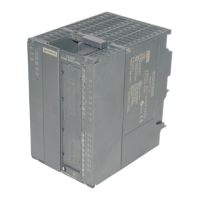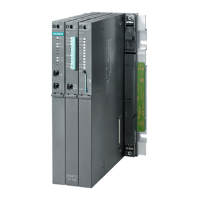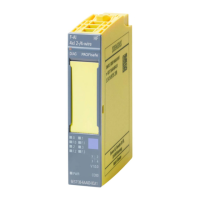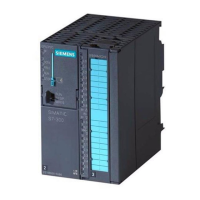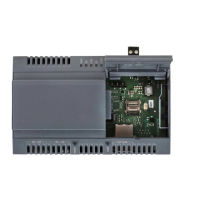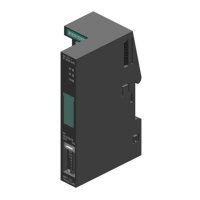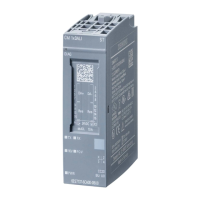Programming the Technological Functions
6-27
FM 353 Stepper Drive Positioning Module
6ES7 353-1AH01-8BG0
Creating the AW-DB
Proceed as follows:
1. Open your project and select SIMATIC xxx > CPUxxx > S7 Program >
Blocks.
2. The data block (for example DB 1) is generated under STEP 7 with the menu
command Insert > S7 Block > Data Block.
3. The LAD/STL/FBD editor is started by double-clicking on this data block.
4. In the “New data block” dialog, select “Data block with assigned user-specific
data type”.
5. UDT 1 is displayed.
UDT 1 contains the structure of the AW-DB.
6. Select UDT 1 and confirm with OK.
7. You have now created the AW-DB.
8. Save this AW-DB with File > Save.
9. Close the editor.
Information about symbolic programming
Normally, the blocks are entered in the symbol table with the symbol name, ad-
dress, and data type (the symbol table is supplied in the project and in the library).
If you change the block number in your project with the SIMATIC Manager, the
numbering in the symbol table must also be changed. Block allocation via the sym-
bol table is always absolutely unique.
Before writing and compiling your user program, you must enter the blocks (AW-
DBs, FCs) which you are using for your particular configuration in the symbol table.
The symbolic structure of the interface is stored in the UDT block provided. The
symbolic relationship is established via your STEP 7 project, the symbol table, and
the UDT block.
Appendix B shows the UDT with symbols and absolute address.
Sample symbol table:
Symbol Address Data
Type
Comments
DB_FM1 DB 1 UDT 1 User DB for the FM 354
POS_INIT FC 0 FC 0 User DB initialization
POS_CTRL FC 1 FC 1 Data interchange
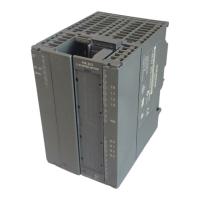
